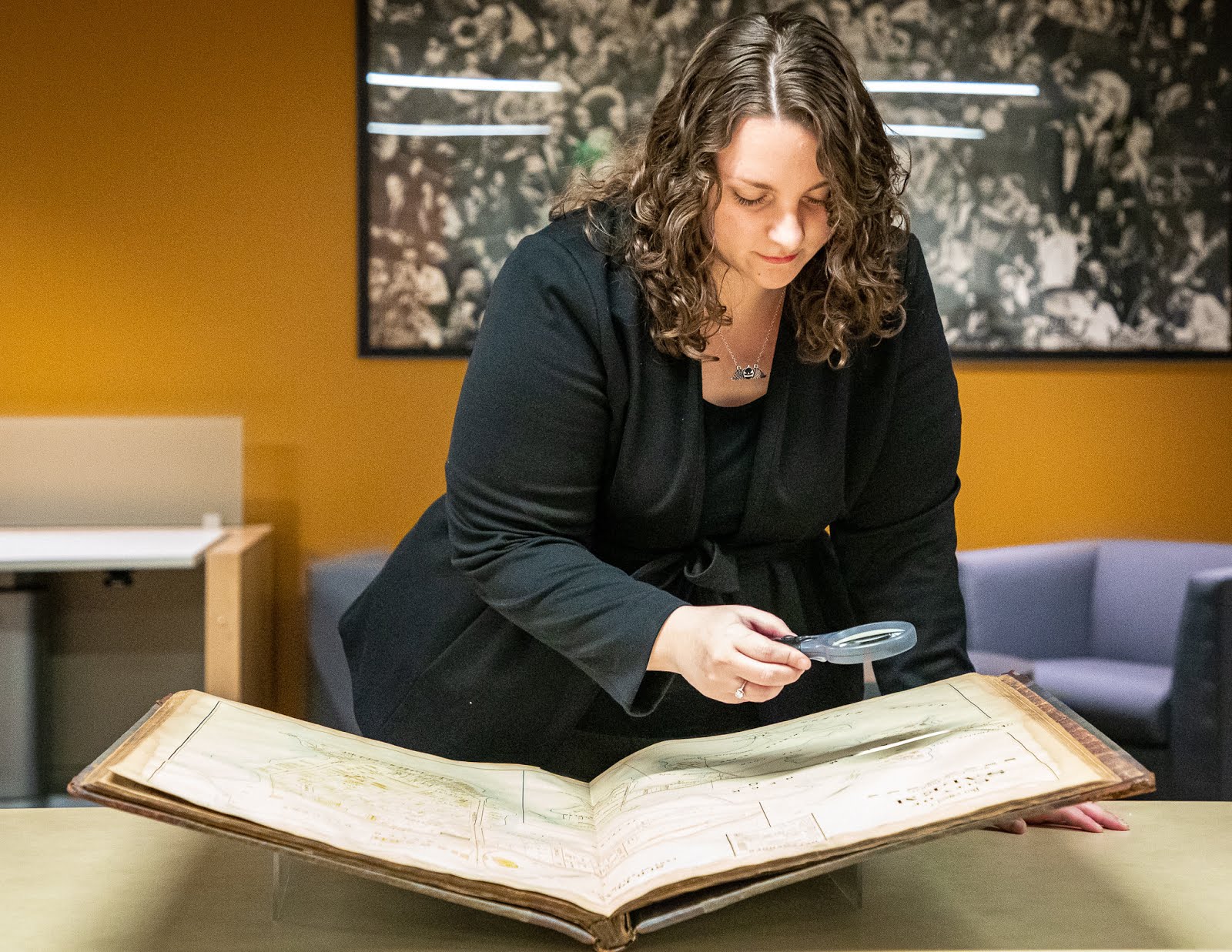 |
| Courtesy: Salem State University Archives & Special Collections |
During the American Civil War many soldiers took with them
mementos from home, including photographs of loved ones. Photography had
improved dramatically over the previous decade leading up to the war, both in
quality and accessibility. This created a boom in portrait photography during
antebellum that still continues.
In order to finance the war, the Union government instituted the Revenue Act of
1862, which taxed luxury items. Photographers were required to collect tax for each
image and to show the tax was paid by affixing a stamp to the back and
cancelling it with their initials and date. Although photographs were one of
the most taxed items, photography did not have its own stamp. Often stamps for
telegraphs and playing cards were used.
On August 1, 1866 the tax on photography was repealed, making these revenue
stamps indicative of the Civil War era. They do not appear on images prior to
or after the war, making them easy to date.
This particular image was taken in the heart of downtown Salem, Massachusetts by
Essex Street photographer, D.W. Bowdoin. The 3 cent stamp attached to the back indicates the keepsake
was purchased for between 25 cents and 50 cents.






















Social Icons